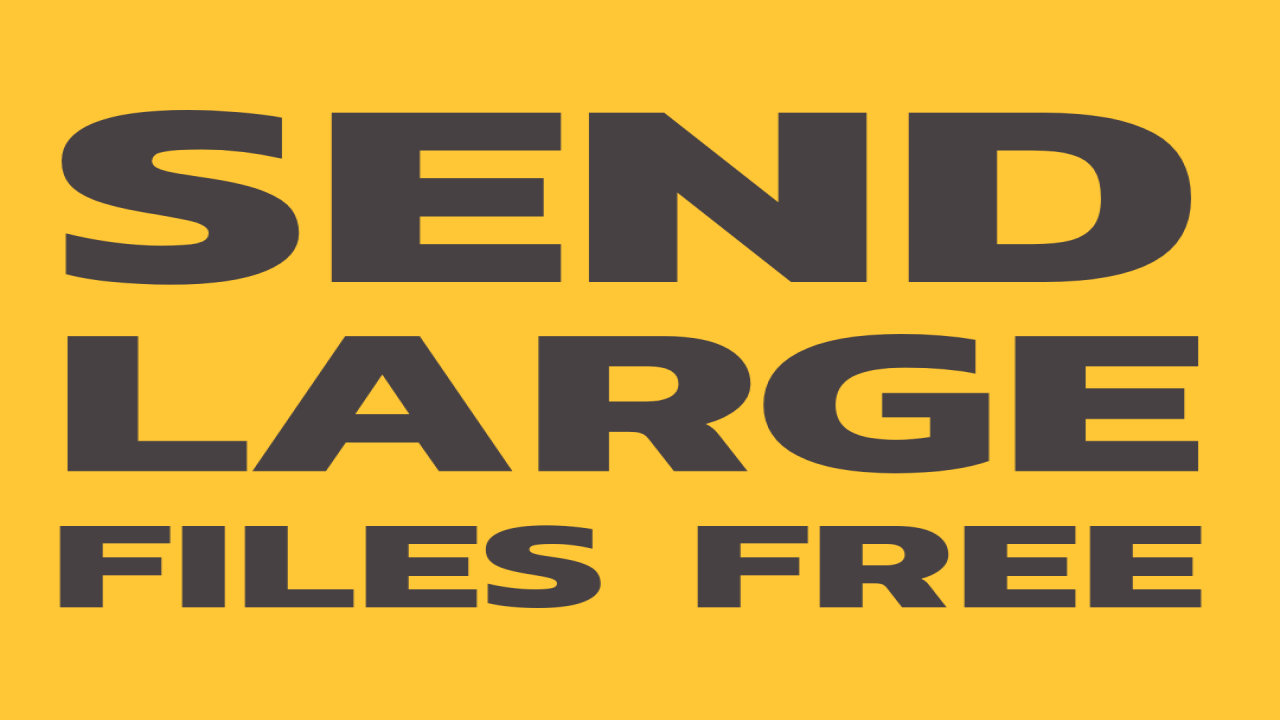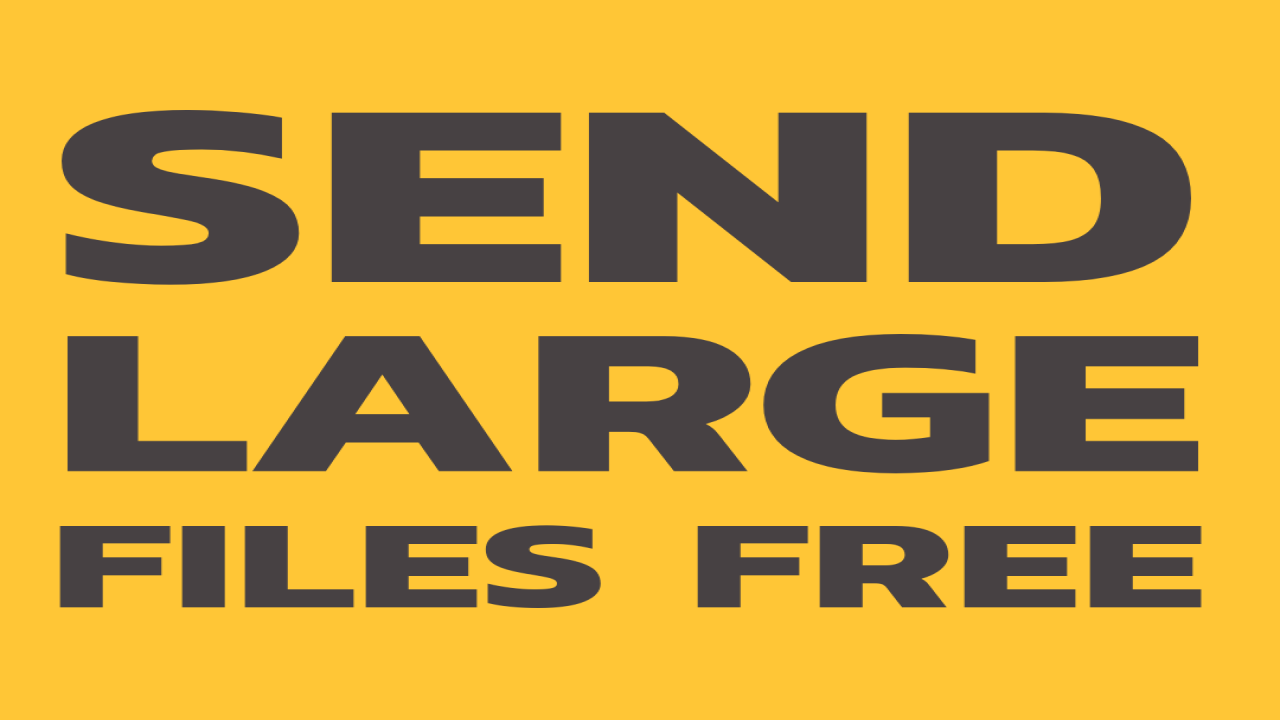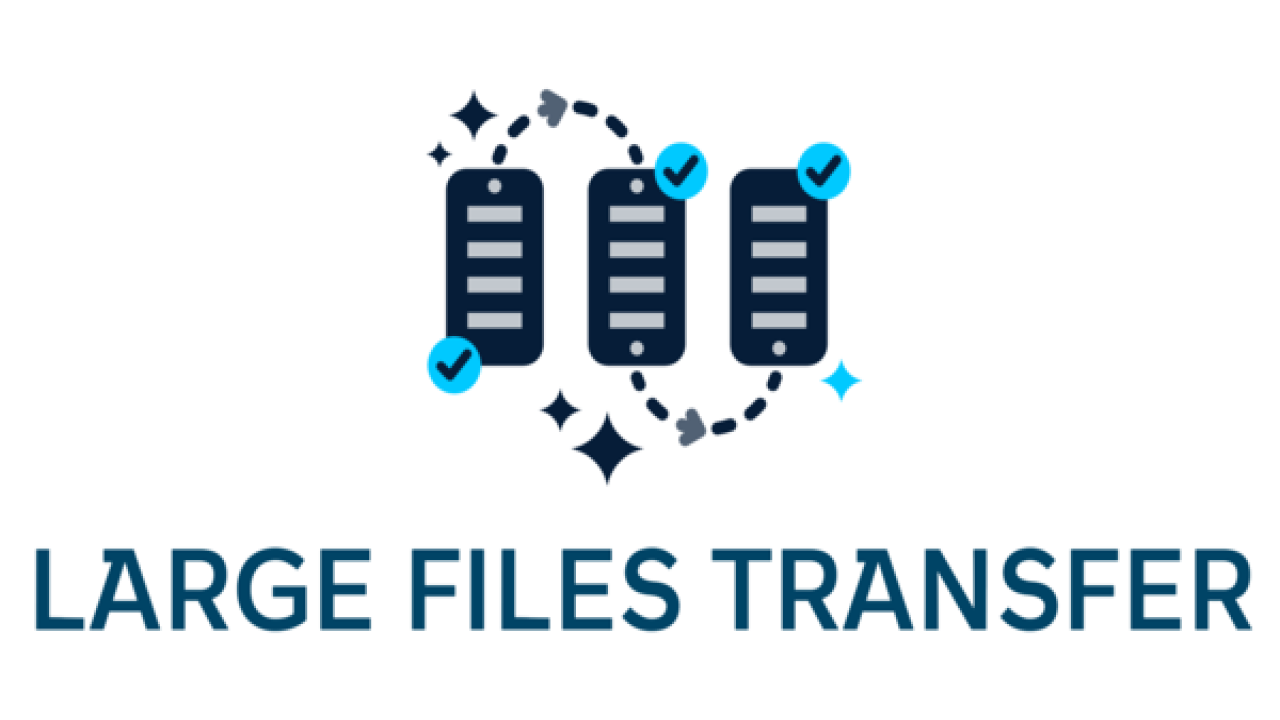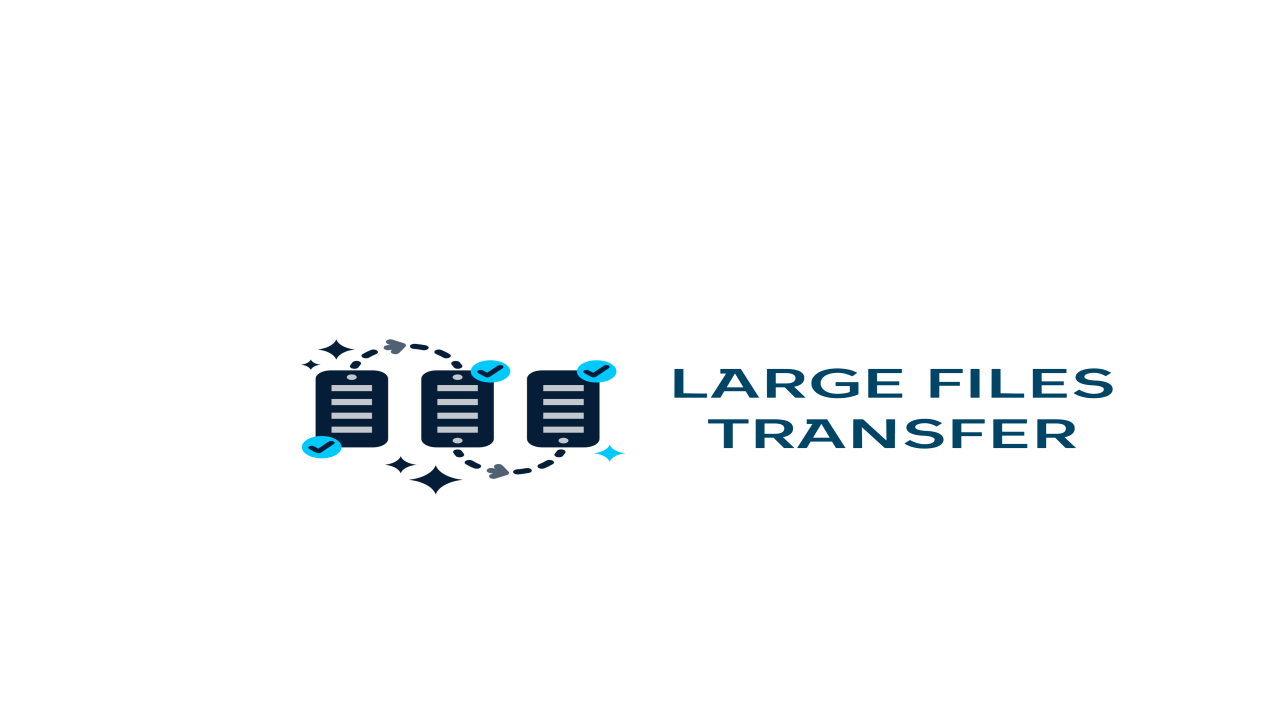Comparing Cloud Storage vs. Direct File Transfer: Choosing the Right Approach for Your Data
In today's digital landscape, the need to transfer and store files securely and efficiently is paramount for individuals and businesses alike. Two common methods for managing files online are utilizing cloud storage services or opting for direct file transfer methods. Both approaches offer distinct advantages and considerations, and choosing the right one depends on various factors such as security requirements, file size, accessibility, and convenience. In this article, we'll compare cloud storage vs. direct file transfer, helping you determine which approach best suits your needs.
Cloud Storage:
Cloud storage involves storing files and data on remote servers maintained by third-party providers. Users can access their files from any device with an internet connection, making it a convenient and flexible option for file management.
Advantages of Cloud Storage:
-
Accessibility: Cloud storage allows users to access their files from anywhere, anytime, using any device with internet connectivity. This flexibility makes it ideal for remote work, collaboration, and accessing files on the go.
-
Scalability: Cloud storage services offer scalable storage solutions, allowing users to increase or decrease storage capacity based on their needs. This scalability makes it suitable for businesses of all sizes, from startups to large enterprises.
-
Data Redundancy and Backup: Cloud storage providers typically offer data redundancy and backup features, ensuring that files are securely stored and protected against data loss due to hardware failures or disasters.
-
Collaboration: Many cloud storage services include collaboration features such as file sharing, real-time editing, and version control, facilitating seamless collaboration among team members, regardless of their location.
Considerations for Cloud Storage:
-
Security Concerns: While cloud storage providers implement security measures to protect user data, concerns about data privacy and security breaches remain. Users must carefully assess the security features and compliance certifications of cloud storage providers to ensure the protection of sensitive information.
-
Costs: Cloud storage services typically operate on a subscription-based pricing model, with costs based on storage capacity and additional features. Users should evaluate the cost-effectiveness of cloud storage solutions compared to direct file transfer methods, especially for large volumes of data.
-
Dependence on Internet Connectivity: Cloud storage relies on internet connectivity for file access and management. Users may experience limitations or disruptions in access to files in areas with poor internet connectivity or during network outages.
Direct File Transfer:
Direct file transfer involves transferring files directly between devices or servers without intermediaries. Common methods of direct file transfer include FTP (File Transfer Protocol), SFTP (SSH File Transfer Protocol), HTTP/S, and peer-to-peer file sharing.
Advantages of Direct File Transfer:
-
Control: Direct file transfer gives users greater control over the transfer process, allowing them to manage file transfers independently without relying on third-party providers.
-
Speed: Direct file transfer methods can offer faster transfer speeds compared to uploading and downloading files to and from cloud storage servers. This can be advantageous for transferring large files or time-sensitive data.
-
Privacy: Direct file transfer methods enable users to transfer files securely without intermediaries, reducing the risk of data exposure or unauthorized access.
Considerations for Direct File Transfer:
-
Complexity: Some direct file transfer methods, such as FTP or SFTP, may require technical expertise to set up and configure. Users must be familiar with the protocols and security considerations associated with direct file transfer.
-
Scalability: Direct file transfer methods may have limitations in scalability compared to cloud storage solutions. Users may encounter challenges when transferring large volumes of data or managing multiple simultaneous transfers.
-
Security: While direct file transfer methods can offer secure transfer protocols, such as SFTP or HTTPS, users are responsible for implementing appropriate security measures, such as encryption and authentication, to protect data during transit.
Conclusion:
Choosing between cloud storage and direct file transfer depends on various factors, including accessibility, scalability, security requirements, and user preferences. Cloud storage offers convenience, accessibility, and collaboration features but may raise concerns about data privacy and dependency on third-party providers. Direct file transfer methods provide greater control, speed, and privacy but may require technical expertise and have scalability limitations. Ultimately, users should evaluate their specific needs and considerations to determine the most suitable approach for securely transferring and storing files online. Whether opting for the flexibility of cloud storage or the control of direct file transfer, prioritizing data security and compliance is essential for safeguarding valuable information in the digital age.






Comments (0)